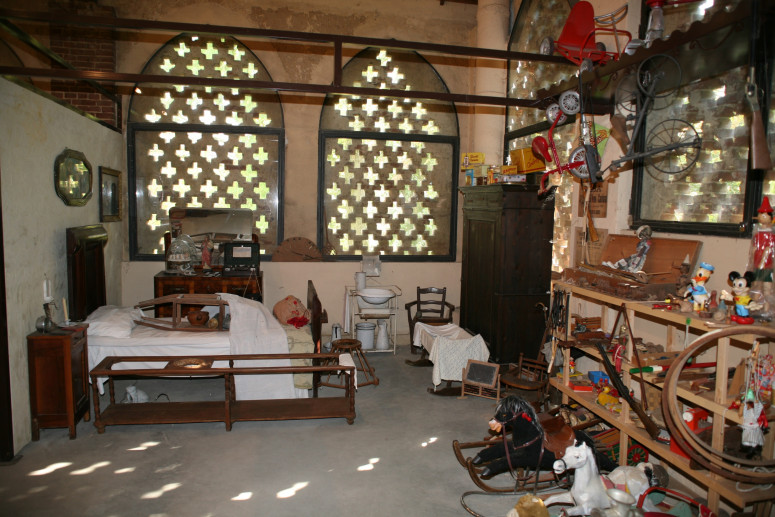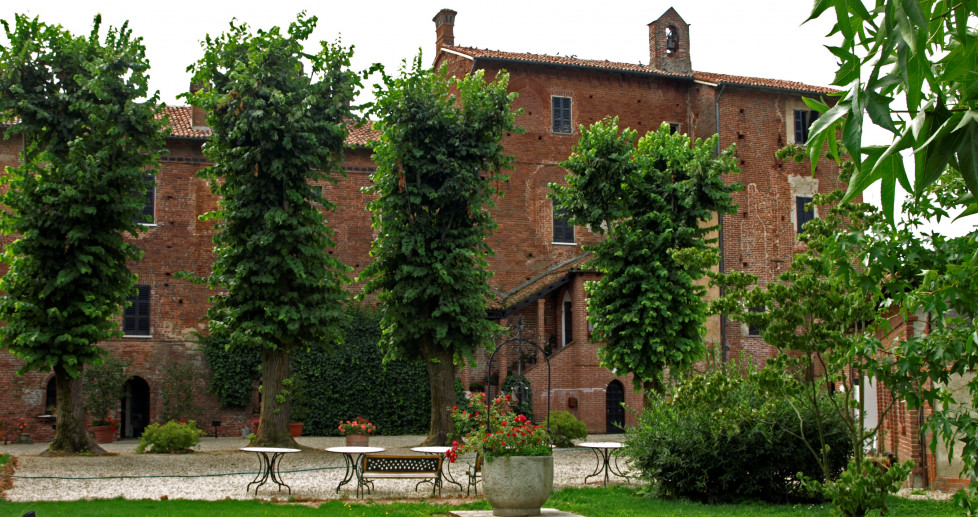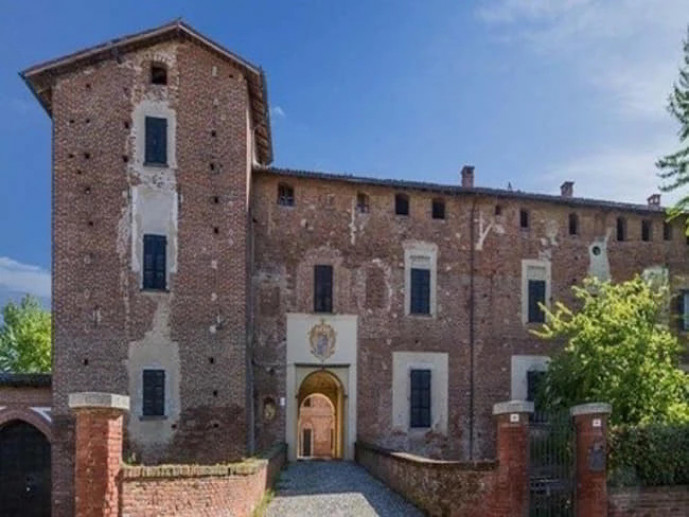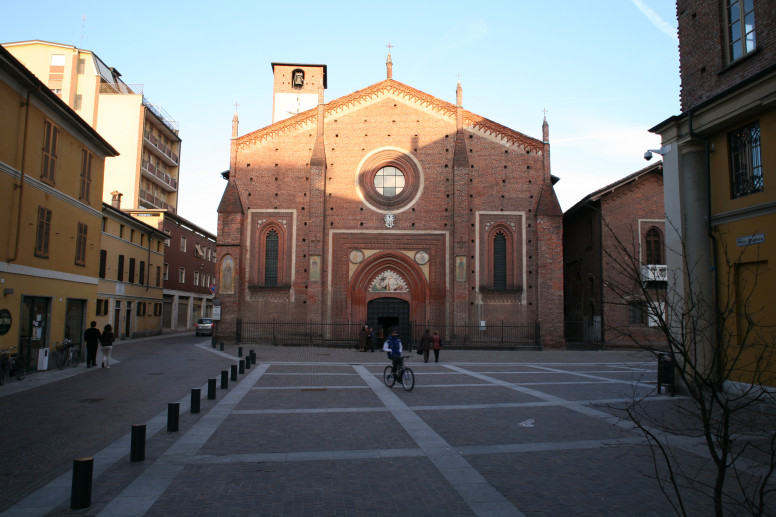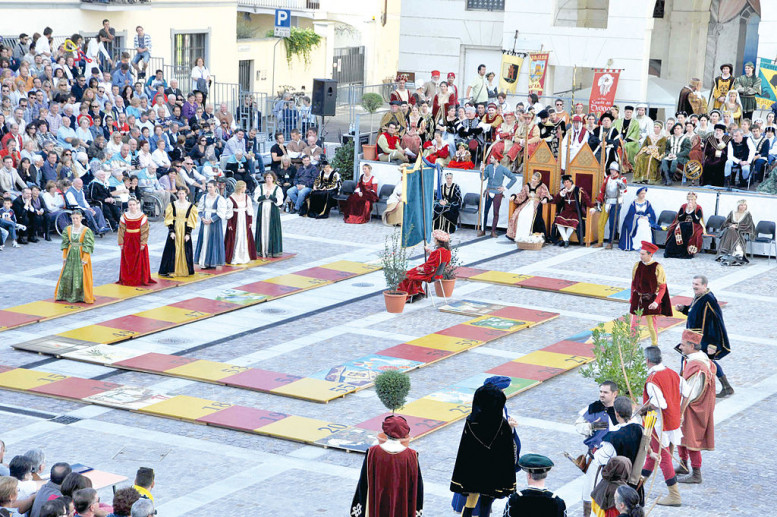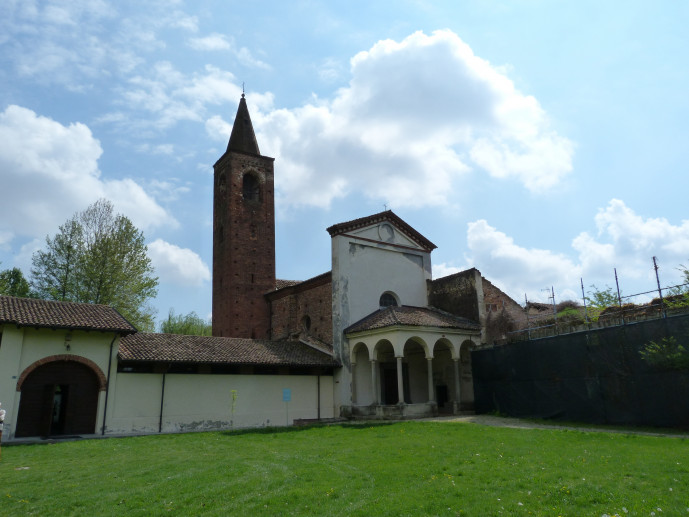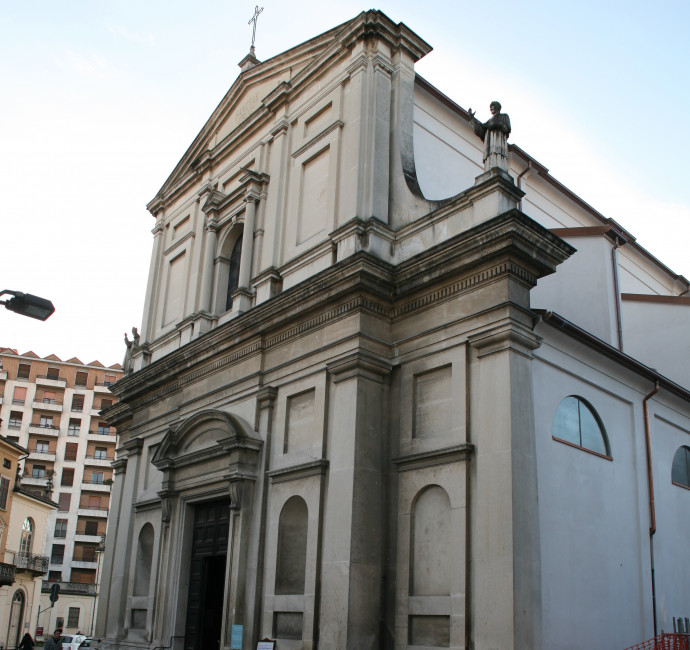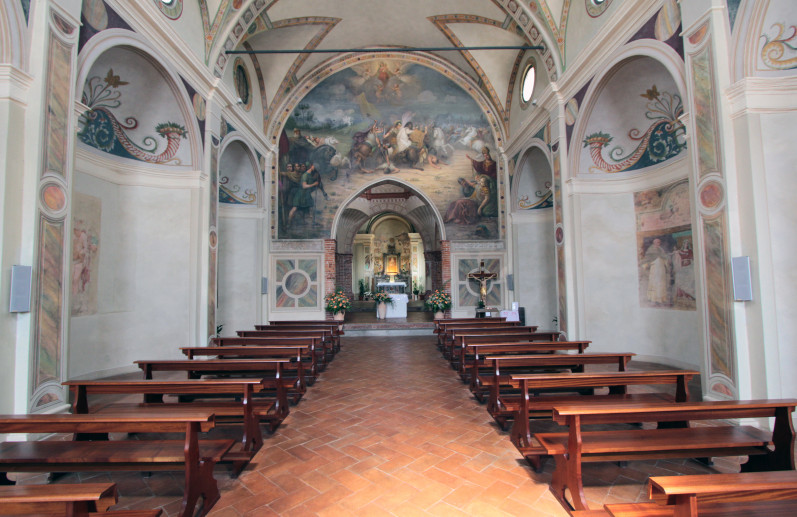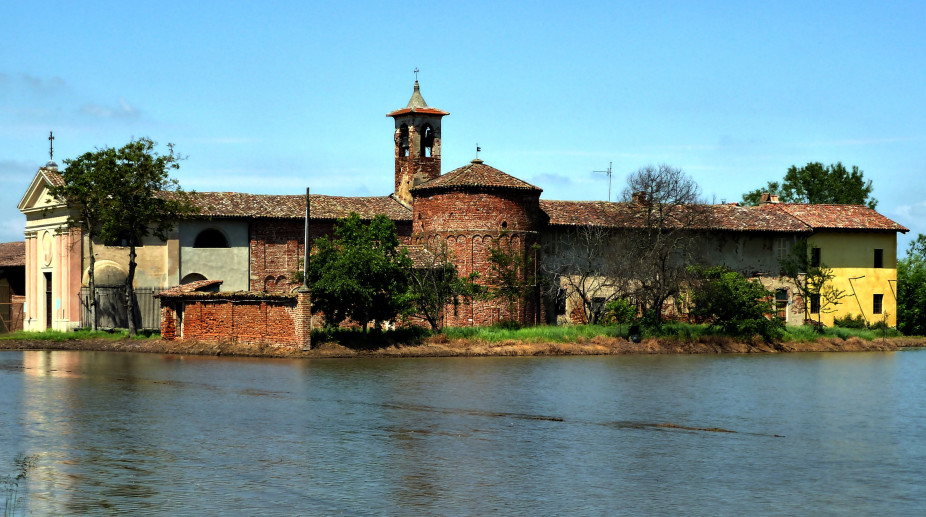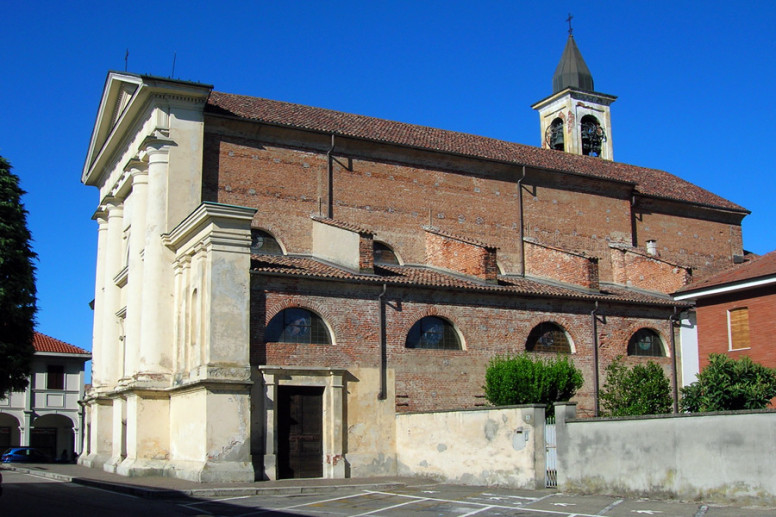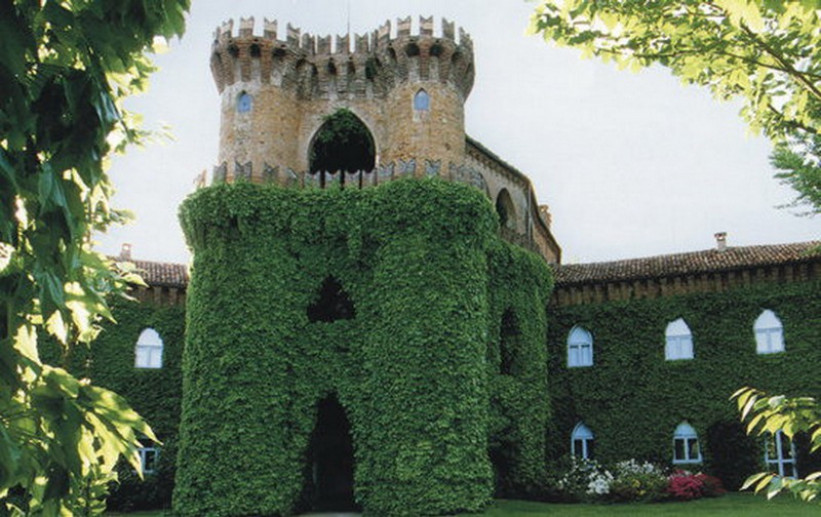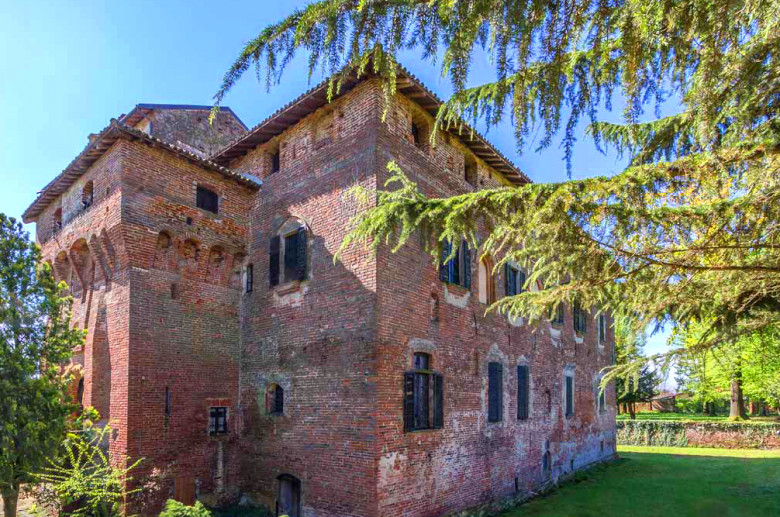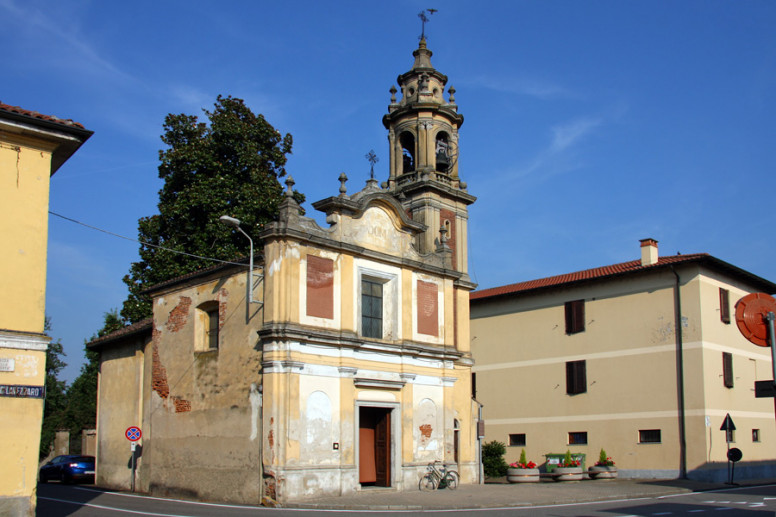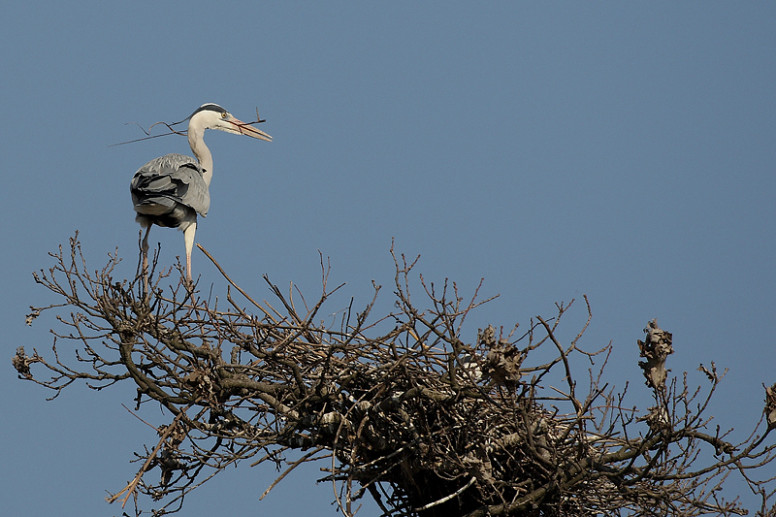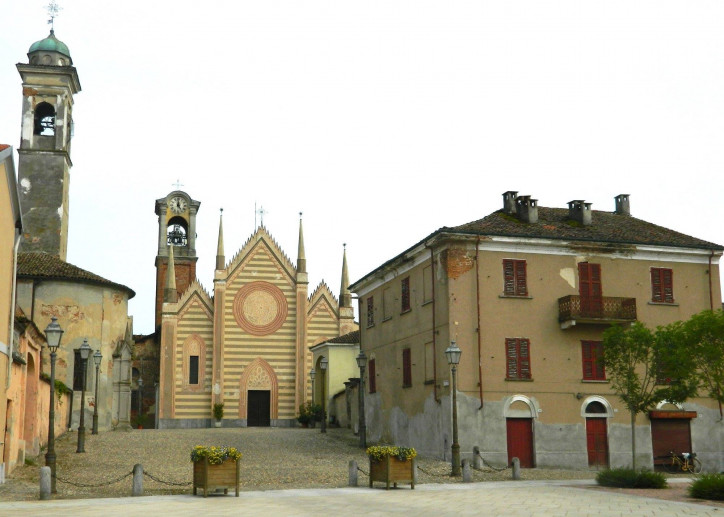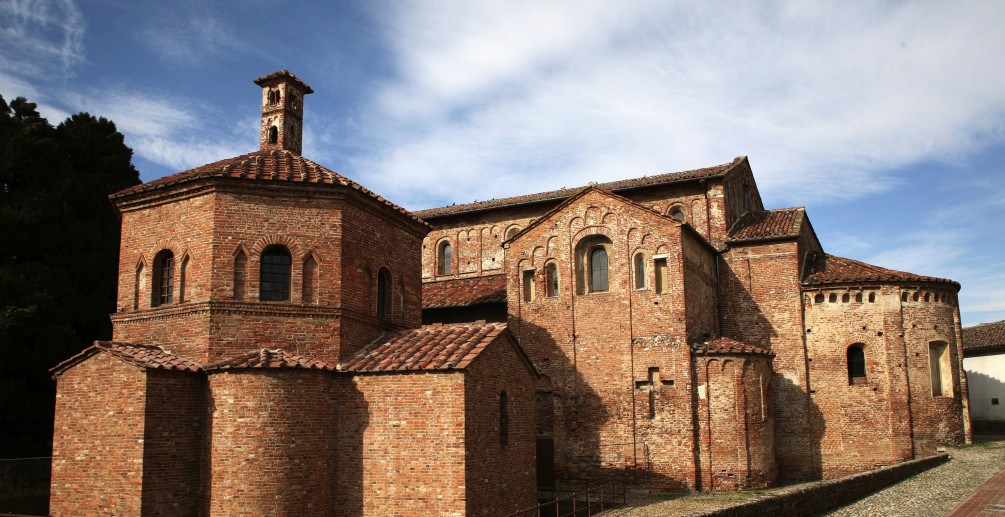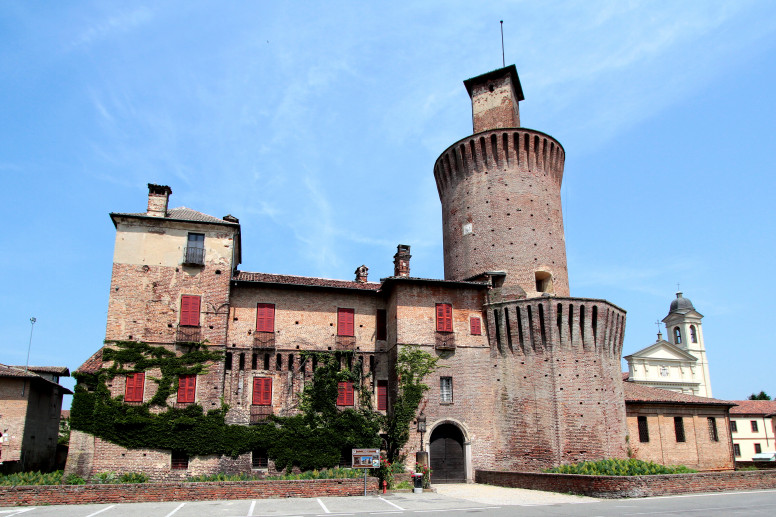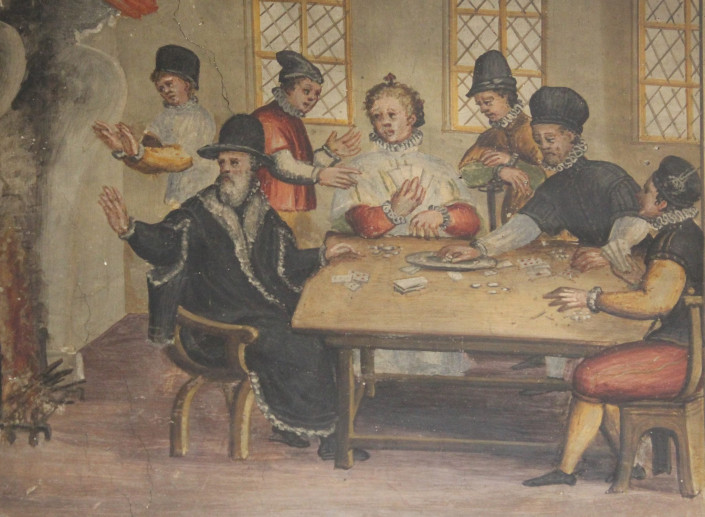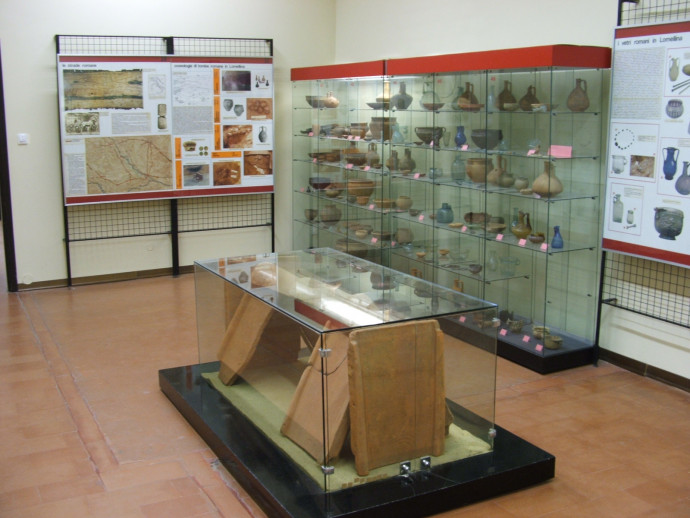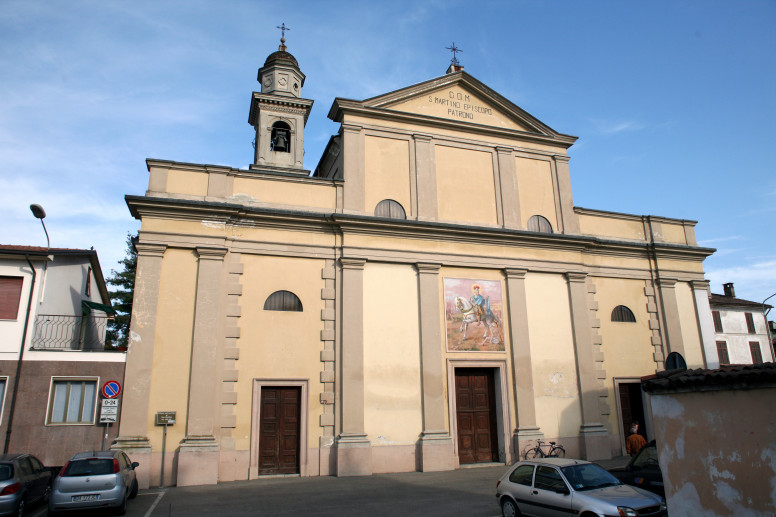- Villages
Olevano di Lomellina
Olevano di Lomellina is a small municipality in the province of Pavia, located in the region known as Lomellina, between the Po, Sesia, and Ticino rivers.
It is a town with ancient origins, whose existence has always been tied to agriculture, which still remains the main activity today.
The vast plain of Lomellina, where Olevano stands, stretches between the Ticino, Po, and Sesia rivers: "a strange, unsettling, and fascinating land that offers visitors vast spaces, great silences, and wide horizons, so rare in Italy."
Here, everything has been built, transformed, and organized by man with infinite and centuries-old patience; by nature, this land of springs would be an impassable swamp: and indeed, it was such for centuries. Then, the monastic communities in the Middle Ages, the feudal colonization in the 1200s, and the great agronomic reforms introduced by the Sforza family, who experimented with rice cultivation in the second half of the 15th century, turned Lomellina into a mosaic of rich cereal fields. To serve this vast cultivation, a complex system of canals and ditches was organized, and typical closed-court farmhouses, characteristic settlements of industrialized agriculture in the Po Valley, were built.
Today, the laborious cycle of rice cultivation, based on transplanting and cleaning the grain by the rice women (mondine), in fields previously planted with forage, with continuous crop rotation, is just a memory; fertilizers, herbicides, and mechanical means have greatly simplified the work cycle, which begins in April with leveling, flooding, and sowing the rice directly in the rice paddies, and ends in September with the harvesting, threshing, and drying of the grain. Even though the "singing" rice women have disappeared and the number of croaking frogs has greatly decreased, the Lomellina region still retains a fascinating, discreet charm in its vast, deep, and mysterious spaces, scattered between sky and water.
In 2018, the Museum of Art and Agricultural Traditions was inaugurated. It collects the most significant objects from the Lomellina agricultural world from the 1800s to the 1960s. It is housed in a renovated rural building, once used as a stable and hayloft, located on Via Uberto de' Olevano, in front of the Medieval Castle.
On August 15 and 16, during the feast of Saint Roch, the Sagra del Salam dla Duja is held, featuring the typical pork salami preserved under fat in terracotta pots. "La duja" is a clay pot in which salamis, made with pork, salt, and pepper, are dried and aged for about a month before being placed in the pot and covered with lard.
